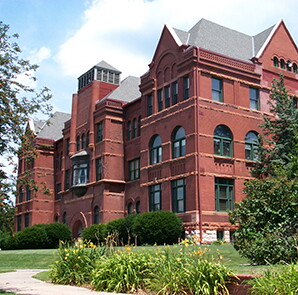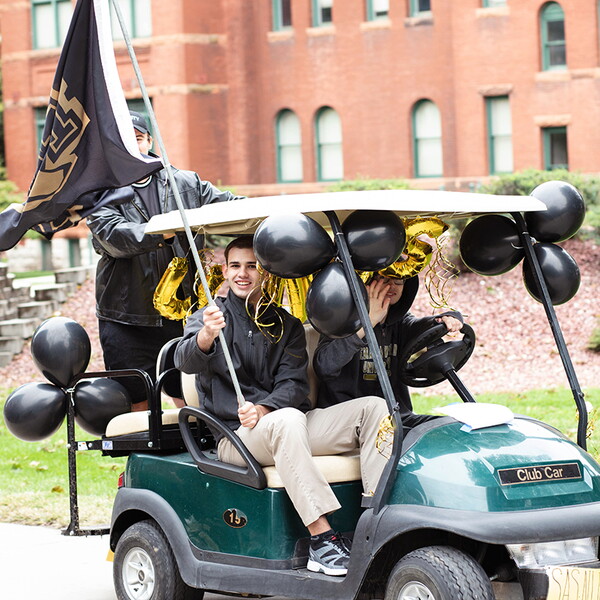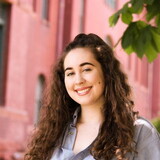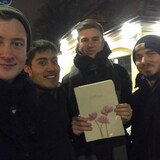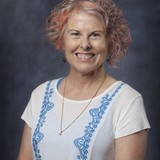Michelle Zhang wrote a traditional research paper for her “Politics of China” class. Little did she know that assignment would eventually lead to a collaborative research project with her professor that would take her from a political science classroom at Nebraska Wesleyan University to a migrant school in China.
“I’ve always been interested in children and education,” said Zhang, who as a teenager moved with her family from China to the United States. “This opportunity allowed me to elaborate on my interests and research and really go out in the world.”
Zhang’s specific focus explored migrant education. Approximately nine percent of China’s population is made up of migrant workers. An estimated 230 million — the equivalent of two-thirds of the U.S. population — have left the countryside and migrated to cities.
The challenge, Zhang quickly learned, is migrant workers and their children do not have the same benefits as other Chinese populations. For example, they lack equal access to health care and education.
Zhang, a senior global studies major, approached NWU political science professor Kelly Eaton about the possibility of researching these issues in China. Eaton helped further define Zhang’s interests and goals and together they applied for funding through the University’s Student/Faculty Collaborative Research Fund. Their application was approved last spring and by June, Zhang was in Nanjing.
She spent four weeks teaching English in a migrant school — the same school that Eaton volunteered at while on sabbatical a few years ago.
“It was rewarding,” Zhang said of teaching. “I was able to establish close relationships with students and they were excited when they saw me.”
But Zhang saw firsthand the barriers those children faced in accessing public education. Class sizes averaged 50 students. Students struggled academically. School buildings were deteriorating. Teachers were under-qualified and underpaid.
Eaton joined Zhang in Nanjing in mid-June and together they investigated the current state of migrant education and the progress being made in dealing with migrant education. They researched factors such as curriculum, qualifications, and funding for migrant schools.
“This project told us more about the unintended consequences of the massive economic reform in China,” said Eaton. “These migrant workers have been the backbone of reform — working in factories of the new capitalist economy, constructing the buildings of the huge and growing cities of China. Regardless of the important contributions, the education of their children has largely fallen through the cracks.”
Zhang’s plan now is to publish the findings of their research. She wants others to know about this issue.
“If anything I hope it inspires people to help make change even on a small level like donating school materials to help these children,” said Zhang.
The project marked the first time a NWU professor and student collaborated on research in China.
“I think she always knew she wanted to do a collaborative research project while at NWU and since she was interested in this topic she was able to use my contacts to set up the project,” said Eaton. “It was a perfect collaboration in that we probably could not have done the project separately.”

